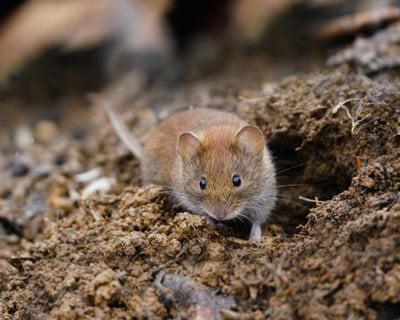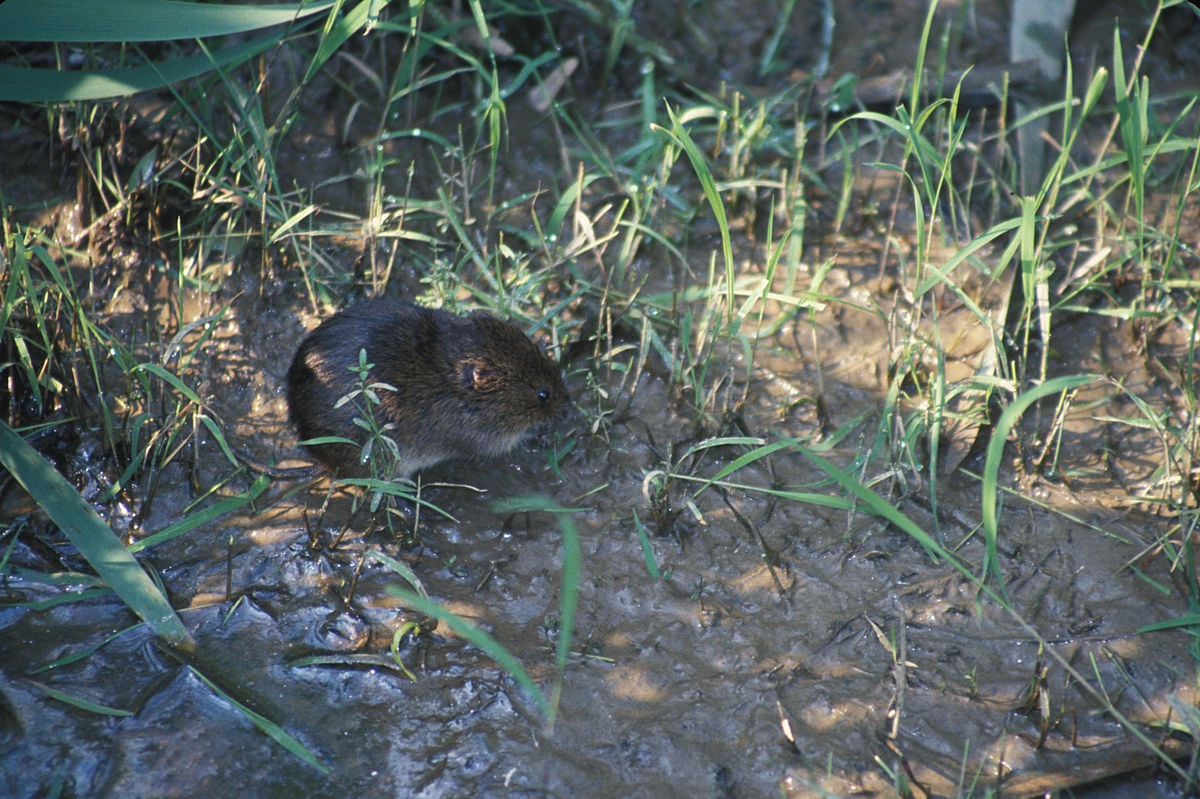Proven Vole Control Methods to Safeguard Your Property
Proven Vole Control Methods to Safeguard Your Property
Blog Article
Comprehensive Guide to Reliable Vole Pest Control: Invasion Recognition and Therapy Techniques
In the realm of effective parasite control, vole problems present a distinct obstacle that demands a calculated technique. By discovering the nuances of vole habits, understanding crucial indicators of problem, and reviewing a range of control alternatives, one can create a comprehensive approach to deal with these evasive pests.
Recognizing Vole Actions
Vole habits is identified by their delving routines and fast reproduction rates, making them a challenging insect to control successfully. These little rodents usually produce complex tunnel systems underground, utilizing them for sanctuary, food storage, and transportation. Voles are herbivores, eating a variety of plants, yards, origins, and bulbs, which can cause substantial damages to gardens, orchards, and lawns. Their rapid reproductive price additional makes complex control initiatives, with ladies capable of generating several clutters in a single year, each containing several offspring.
Comprehending vole actions is vital for reliable pest control approaches. By recognizing their burrow locations, monitoring feeding locations, and applying targeted control methods, such as trapping or environment adjustment, vole invasions can be handled effectively.
Indications of Vole Infestation

Avoidance Approaches
Executing efficient avoidance methods is essential in reducing vole invasions and safeguarding greenery from their damaging feeding behaviors (vole yard damage). To stop vole invasions, it is necessary to begin by getting rid of possible food resources and shelter. Keep grass and plant life cut short, get rid of weeds and particles, and keep a neat yard or lawn to make the location much less appealing to voles. Setting up barriers such as equipment towel or below ground secure fencing can additionally assist prevent voles from going into certain areas. In addition, decreasing excess dampness by fixing dripping pipes and ensuring proper water drainage can make the atmosphere less hospitable for voles.
Routinely checking the residential or commercial property for indications of vole activity, such as runways and delve openings, is essential for early detection and punctual YOURURL.com activity. If vole task is presumed, take into consideration making use of repellents or traps tactically placed near their paths.
Non-Lethal Control Techniques
To successfully manage vole populations while focusing on humane approaches, non-lethal control methods supply functional services for decreasing vole damage in landscapes and yards. These barriers can be buried at the very least 12 inches bent and deep at a 90-degree angle to prevent voles from tunneling beneath.

Lethal Control Options
One effective technique for addressing vole problems in landscapes and yards involves the critical usage of lethal control choices. When faced with a severe vole invasion that non-lethal methods have actually failed to include, carrying out lethal control steps comes to be important. Overall, when utilizing lethal control choices, it More Help is important to do so properly and in accordance with neighborhood laws to efficiently handle vole infestations.
Final Thought
To conclude, reliable vole insect control needs a comprehensive understanding of vole habits, recognition of indicators of problem, execution of prevention strategies, and use of both non-lethal and lethal control approaches. By incorporating these methods, individuals can efficiently take care of vole populations and shield their residential or commercial property from damages. It is necessary to attend to vole infestations without delay to protect against additional concerns and lessen the influence on the surrounding environment.
Offered the complex tunnel systems and quick reproduction rates characteristic of voles, recognizing the indications of vole her latest blog infestation becomes crucial in efficient pest control. One of the key indicators of vole visibility is the presence of surface runways or routes in grass or snow, generally regarding 1-2 inches wide, produced as voles travel in between their burrows and food sources.To properly handle vole populations while prioritizing humane approaches, non-lethal control methods use sensible options for reducing vole damages in gardens and landscapes.One efficient approach for attending to vole problems in gardens and landscapes involves the calculated use of lethal control alternatives. vole yard damage.In conclusion, reliable vole insect control requires a comprehensive understanding of vole actions, identification of indicators of invasion, implementation of avoidance methods, and use of both lethal and non-lethal control techniques
Report this page